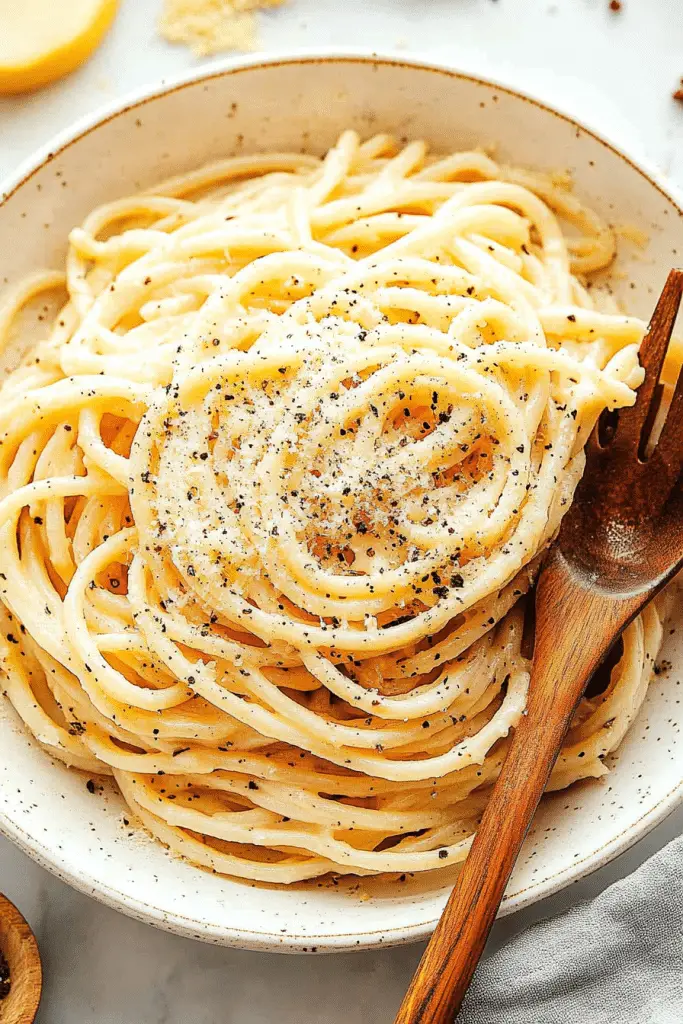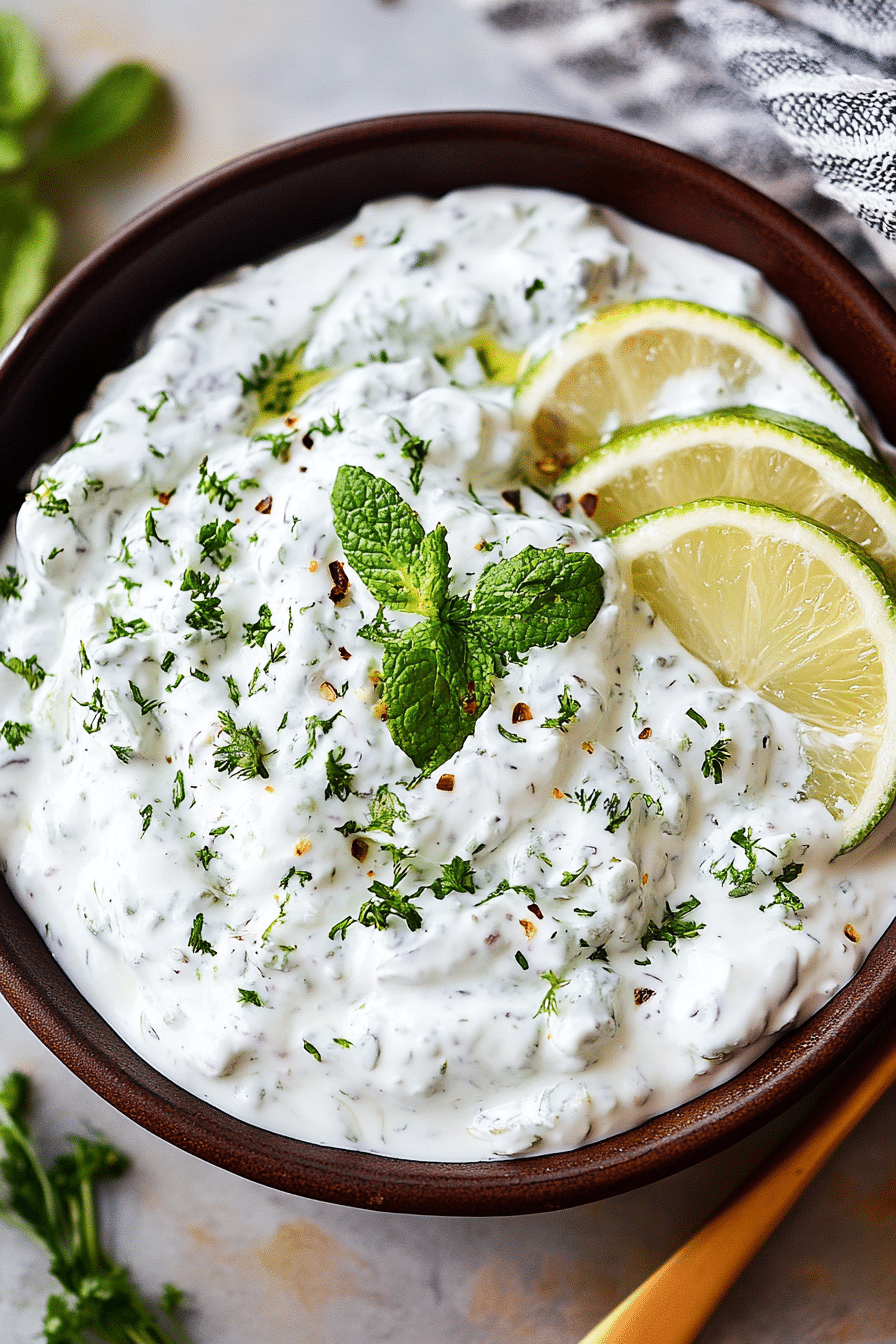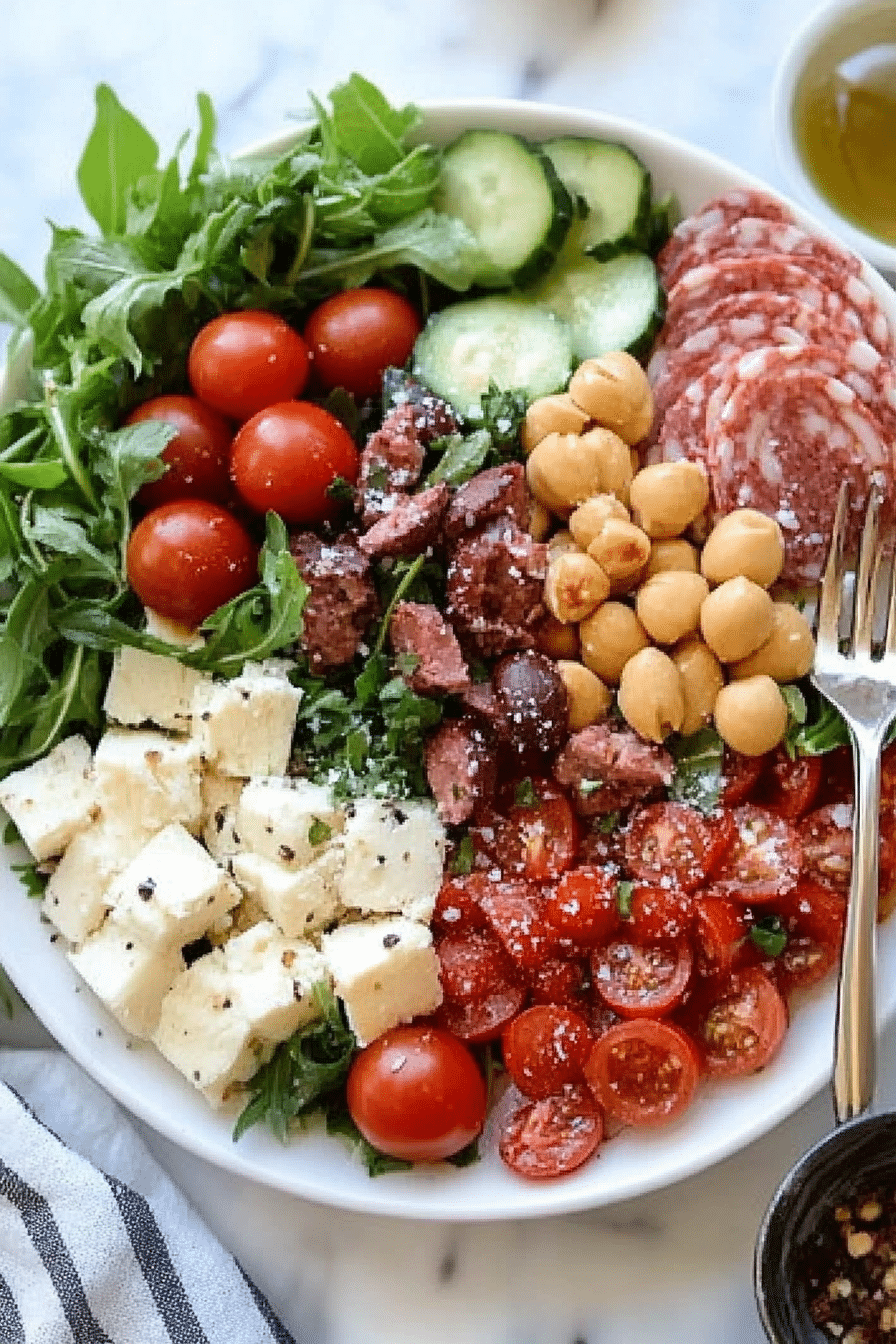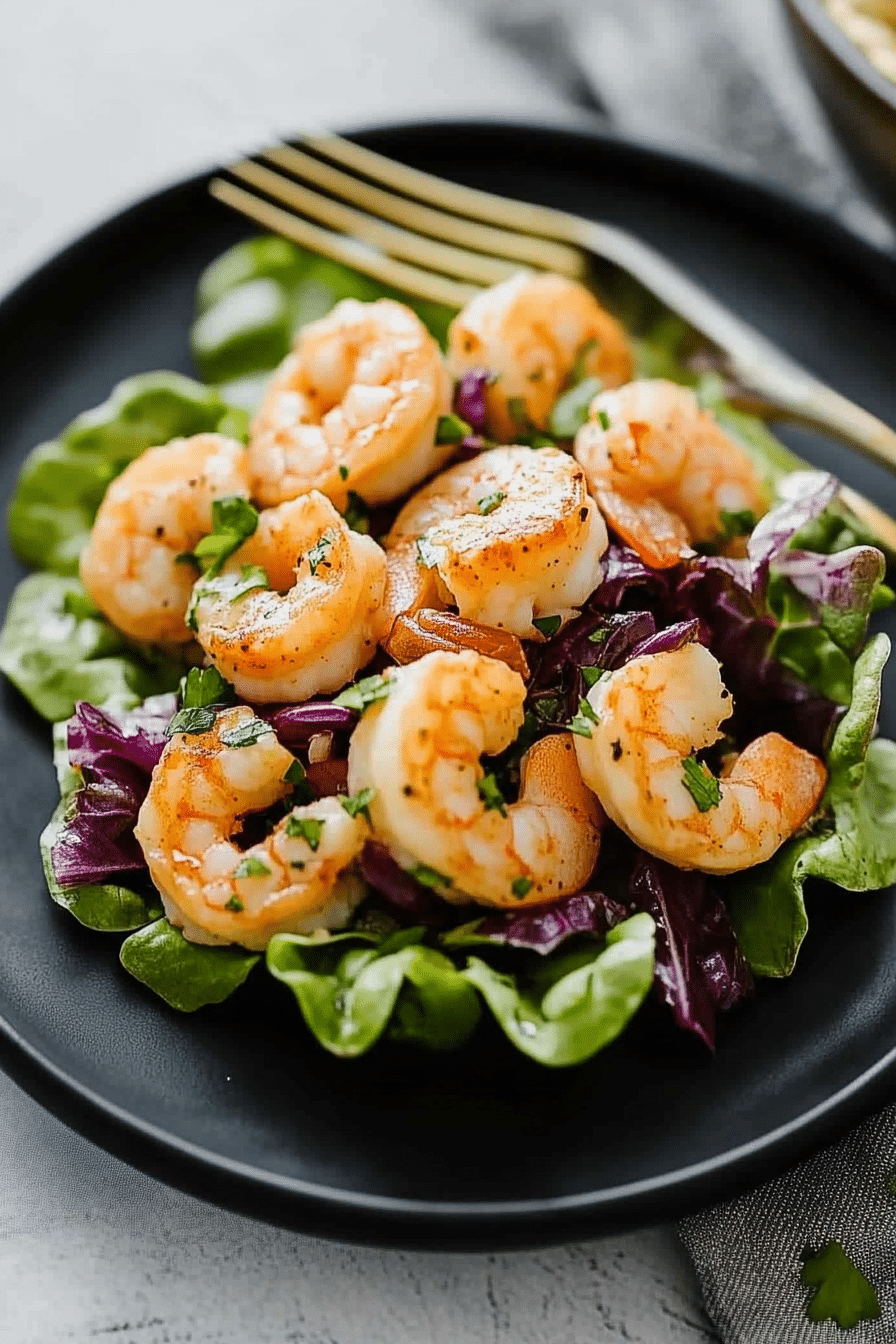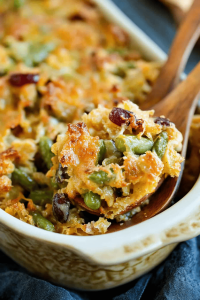You know those nights? The ones where the fridge looks like a barren wasteland and the thought of a complicated recipe sends shivers down your spine? Yeah, I’ve been there more times than I care to admit. But then there’s this dish. This absolute gem of a recipe that I keep coming back to, time and time again. It’s Cacio e Pepe. Sounds fancy, right? Like something you’d only find in a swanky Italian trattoria. And honestly, the first time I saw it on a menu, I thought the same thing. But here’s the secret: it’s ridiculously, unbelievably simple. Like, *seriously* simple. It’s the pasta equivalent of a perfectly tailored little black dress – elegant, classic, and always, always the right choice. If you’ve ever been intimidated by making pasta from scratch or thought Italian food was too fussy, this dish is going to be your new best friend. It’s proof that sometimes, the most profound flavors come from the simplest ingredients. We’re talking cheese, pepper, and pasta. That’s it. And yet, it’s pure magic. It’s the dish I make when I’ve had a crazy day and just want something comforting and delicious without any fuss. It’s the dish my friends rave about when I serve it, always asking for the recipe, and I just smile because it’s almost too easy to share. It’s a true testament to the power of quality ingredients handled with a little bit of love. Forget complicated sauces and lengthy prep; Cacio e Pepe is here to show you just how spectacular less can truly be.
Thank you for reading this post, don't forget to subscribe!What Is Cacio e Pepe?
So, what exactly *is* this magical dish? Cacio e Pepe literally translates from Italian to “cheese and pepper.” And that’s pretty much the heart and soul of it. It’s a classic Roman pasta dish that’s been around for ages, born out of necessity and simplicity. Think of it as the ultimate comfort food for the busy shepherd or farmer – few ingredients, easily transported, and incredibly satisfying. It’s essentially pasta tossed in a creamy, emulsified sauce made from starchy pasta water, Pecorino Romano cheese, and freshly cracked black pepper. The beauty lies in how these simple elements come together to create something truly luxurious. It’s not a heavy Cream Sauce; it’s something lighter, more vibrant, a testament to the power of good cheese and perfectly cooked pasta. The starch released from the pasta as it cooks is the secret weapon here, helping to bind everything together and create that signature velvety texture. It’s a dish that respects its ingredients, letting their natural flavors shine through without any unnecessary distractions. If you love a good carbonara but want something a little quicker and less eggy, Cacio e Pepe is definitely in the same family of delicious simplicity.
Why you’ll love this recipe?
Oh, where do I even begin with why I adore this Cacio e Pepe? For starters, the FLAVOR. Even though it’s just a few ingredients, the combination of sharp, salty Pecorino Romano cheese and the pungent kick of freshly cracked Black Pepper is out of this world. It’s savory, a little spicy, and utterly addictive. It hits all the right notes without being overwhelming. Then there’s the SIMPLICITY. I’ve said it before, but it bears repeating: this is a lifesaver on busy weeknights. We’re talking about a dish you can have on the table in under 20 minutes, start to finish. Seriously! It’s almost embarrassing how quickly it comes together. And let’s talk COST-EFFICIENCY. Pecorino Romano and good quality pasta are relatively inexpensive, and a little goes a long way. You don’t need a cart full of exotic ingredients for this one. It’s a budget-friendly meal that feels incredibly gourmet. What I love most about this recipe, though, is its VERSATILITY. While the classic is perfection, it’s also a fantastic base for variations. You can play with the type of pepper, the amount of cheese, and even the pasta shape. It’s a blank canvas for deliciousness. It stands out from other pasta dishes because it’s so pure and unadulterated. While a rich bolognese or a creamy alfredo have their place, Cacio e Pepe is about celebrating the fundamental deliciousness of pasta, cheese, and pepper. It’s a dish that proves you don’t need to overcomplicate things to achieve amazing taste. It’s the kind of meal that makes you pause, close your eyes, and just savor every single bite.
How to Make Cacio e Pepe
Quick Overview
This is the beauty of Cacio e Pepe: you’re essentially boiling pasta and then creating a luscious, cheesy sauce using that starchy pasta water and finely grated cheese. We’ll bloom the pepper in the pan, then add the cooked pasta and a ladleful of starchy water, and vigorously whisk in the cheese off the heat. The key is emulsification – getting that starchy water and cheese to magically combine into a creamy coating for the pasta, rather than a clumpy mess. It’s fast, requires minimal ingredients, and the result is incredibly rewarding. Trust me, you’ll feel like a culinary genius after making this.
Ingredients
For the Pasta:
8 ounces (about 225g) high-quality dried spaghetti, tonnarelli, or bucatini. I always go for bronze-cut pasta if I can find it, as the rougher surface really helps the sauce cling. Avoid thin, overcooked pasta; it just won’t hold up. Make sure you have plenty of salt for your pasta water – it should taste like the sea!
For the Cheese:
1 cup (about 3 ounces or 85g) finely grated Pecorino Romano cheese. This is non-negotiable for authentic Cacio e Pepe. It has a distinct salty, tangy flavor that’s crucial. Grate it as finely as possible, ideally with a microplane or a very fine grater. Pre-shredded cheese often has anti-caking agents that prevent it from melting smoothly. For a slightly milder flavor, you could do a 50/50 blend with Parmesan, but Pecorino is the star.
For the Pepper:
1 to 1.5 teaspoons freshly cracked Black Pepper. And I mean *freshly cracked*. Using pre-ground pepper just won’t give you that vibrant, aromatic punch. I like to use a mix of coarse and fine grinds for texture and flavor, but a good coarse grind is essential. You can adjust this to your spice preference, but don’t skimp – it’s called Cacio e Pepe for a reason!
“The Cacio e Pepe turned out amazing. My kids asked for seconds. Saving this one!”
For the Sauce Emulsification:
Starchy pasta water. This is your magic ingredient! Don’t drain all the water from the pasta pot; reserve at least 1.5 to 2 cups of the cloudy, starchy liquid. This is what helps create that beautiful, creamy sauce.
Step-by-Step Instructions
Step 1: Preheat & Prep Pan
Get a large pot of water boiling for your pasta. Season it generously with salt. While the water heats up, grab a large skillet or a sauté pan – one that’s big enough to hold all your cooked pasta. Add about 1 tablespoon of olive oil (optional, but I find it helps bloom the pepper) to the skillet and let it heat over medium-low heat. Add your freshly cracked Black Pepper to the warm oil. Let it toast gently for about a minute, just until fragrant. You don’t want it to burn, just to release its aroma. This step really wakes up the pepper and infuses the oil.
Step 2: Mix Dry Ingredients
In a medium bowl, combine the finely grated Pecorino Romano cheese and a little extra black pepper if you like. I sometimes add a tiny pinch of salt here too, but remember Pecorino is already salty, so be careful! Whisk it together well. It’s important that the cheese is finely grated so it melts smoothly into the sauce. If you’re using a microplane, this is where it really shines.
Step 3: Mix Wet Ingredients
This isn’t really a “mix wet ingredients” step in the traditional sense. Your “wet ingredient” is going to be the glorious, starchy pasta water you’ll reserve later. The key is to have it ready and hot when the time comes.
Step 4: Combine
Once your pasta is cooked to al dente (that’s firm to the bite!), use tongs or a spider strainer to transfer it directly from the boiling water into the skillet with the bloomed pepper. Don’t drain it in a colander; you want that starchy water clinging to the pasta. Add about 1/2 cup of the hot pasta water to the skillet. Now, this is where the magic happens. Work quickly! Toss the pasta vigorously with tongs, and start gradually adding the Pecorino Romano cheese mixture. Keep tossing and stirring constantly. The heat from the pasta and water will melt the cheese, and the starch will help create a creamy emulsion. If it looks too dry or clumpy, add a little more pasta water, a tablespoon at a time, while continuing to toss. You’re aiming for a glossy, creamy coating that clings to every strand of pasta. This emulsification process is crucial, so keep that pasta moving!
Step 5: Prepare Filling
There’s no separate filling for classic Cacio e Pepe! The “filling” is the sauce created by the cheese, pepper, and pasta water. The beauty is in the simplicity!
Step 6: Layer & Swirl
This step isn’t about layering in the traditional sense. Once the sauce has emulsified beautifully and coats the pasta, give it a final toss. You want every strand to be perfectly coated in that creamy, peppery goodness. The “swirl” is what happens naturally as you toss the pasta in the pan – it creates beautiful ribbons of sauce.
Step 7: Bake
Cacio e Pepe is not baked! This is a stovetop dish that comes together in minutes. The cooking happens right in that skillet through the emulsification process.
Step 8: Cool & Glaze
Again, no cooling or glazing needed for this dish. It’s best served immediately while the sauce is perfectly creamy. The “glaze” is essentially the sauce itself clinging to the pasta.
“Packed with flavor and so simple. Exactly what I wanted from this Cacio e Pepe!”
Step 9: Slice & Serve
Using your tongs, plate the Cacio e Pepe immediately. Give it a final sprinkle of freshly cracked black pepper and maybe a tiny bit more finely grated Pecorino Romano if you’re feeling decadent. The pasta should be glossy, not soupy or clumpy. Serve it hot right away for the best texture and flavor experience. It’s that simple!
What to Serve It With
While Cacio e Pepe is a glorious main dish all on its own, it also plays wonderfully with other things! For BREAKFAST (yes, breakfast!), I sometimes make a smaller portion and serve it with a perfectly fried egg on top. The yolk adds another layer of richness to the peppery sauce. It’s surprisingly divine and feels so much more satisfying than just toast. For BRUNCH, it’s fantastic as a side dish alongside some crisp prosciutto, a simple arugula salad dressed with lemon vinaigrette, or even some grilled Italian sausages. It adds a sophisticated, savory element without being too heavy. For DESSERT, well, Cacio e Pepe isn’t really a dessert, but if you’re craving something sweet after, I’d pair it with a light, fruity dessert like a panna cotta or some fresh berries with a drizzle of balsamic glaze. The contrast is lovely. And for COZY SNACKS, this is my absolute go-to. It’s perfect with a glass of crisp White Wine (like a Pinot Grigio) or even a light-bodied red. I often serve it with some crusty bread on the side for dipping up any extra sauce. My family absolutely devours this dish, and it’s become our favorite “treat yourself” meal when we don’t have a lot of time. I’ve also made a larger batch and served it alongside some roasted chicken or pan-seared scallops, and it’s always a huge hit. It’s so versatile, you really can’t go wrong!
Top Tips for Perfecting Your Cacio e Pepe
I’ve made this dish more times than I can count, and over the years, I’ve picked up a few tricks that make all the difference. First, ZUCCHINI PREP isn’t a thing here since there’s no zucchini! But for the cheese, the most important thing is to grate it as finely as possible. I can’t stress this enough. Use a microplane if you have one. Pre-shredded cheese just won’t melt into that creamy sauce; it’ll clump up and be a disaster. My first few attempts were a bit sad and clumpy until I learned this! For MIXING ADVICE, the key is speed and continuous motion. Don’t just dump the cheese in and walk away. You need to toss that pasta constantly as you add the cheese and pasta water. This agitation is what helps the starch and cheese emulsify into that beautiful creamy sauce. If you see clumps forming, don’t panic! Just keep tossing and add a tiny bit more hot pasta water. The SWIRL CUSTOMIZATION happens naturally as you toss. Don’t overthink it; the movement of the pasta in the pan will create lovely ribbons of sauce. Ingredient swaps are tricky for classic Cacio e Pepe. The spirit of the dish is its simplicity. However, if you absolutely can’t find Pecorino Romano, a good quality Parmigiano-Reggiano can be used, but the flavor will be less sharp and salty. I’ve experimented with a mix, and it’s decent, but Pecorino is truly the authentic choice. For BAKING TIPS, remember this is a stovetop dish, no baking required! The “cooking” happens in the pan. The temperature is crucial – you want the pasta hot, but you’re often adding the cheese off the heat or on very low heat to prevent it from seizing. The best DONENESS TEST is when the pasta is al dente and coated in a glossy, creamy sauce. If it’s dry or gummy, it needs a touch more pasta water and tossing. For GLAZE VARIATIONS, there aren’t really any for the traditional dish. The sauce *is* the glaze, and it should be applied immediately. The beauty is in its fresh, creamy texture. Don’t try to add extra butter or cream; it’s not needed and will change the integrity of the dish. It’s all about letting the Pecorino and starchy water do their magic!
Storing and Reheating Tips
Okay, so the honest truth is that Cacio e Pepe is best enjoyed *immediately*. Like, straight from the pan to your plate. That beautiful creamy emulsification is very delicate and can break down if it sits for too long or is reheated. However, if you happen to have leftovers (which is rare in my house!), here’s what I’ve learned. For ROOM TEMPERATURE storage, it’s really best to avoid it. The sauce can get oily or gummy quite quickly. I wouldn’t leave it out for more than an hour. For REFRIGERATOR STORAGE, it’s your best bet for a day or two. Let the pasta cool completely. Then, transfer it to an airtight container. It won’t have the same creamy, saucy texture when you reheat it; the cheese tends to congeal. To REHEAT, the best method I’ve found is to gently warm it in a skillet over low heat with a splash of fresh pasta water or even just regular water. Don’t crank up the heat, or you risk making it clumpy. Stir constantly until it’s warmed through and you’ve managed to loosen up the sauce a bit. You might need to add a little more cheese or a tiny bit of pasta water to help it come back together. FREEZER INSTRUCTIONS are a no-go for me. The texture of the cheese and sauce just doesn’t freeze and thaw well. For GLAZE TIMING ADVICE, the “glaze” (the sauce) is applied when you’re cooking the pasta. There’s no separate glaze to add later. So, if you’re planning on storing it, accept that the sauce won’t be as perfect upon reheating.
Frequently Asked Questions
Final Thoughts
So there you have it – Cacio e Pepe, the elegant, simple Roman classic that proves you don’t need a laundry list of ingredients to create something truly spectacular. It’s a recipe that has a permanent place in my heart (and my dinner rotation!) because it’s unfailingly delicious, incredibly quick, and always makes me feel like I’ve accomplished something special in the kitchen, even on my busiest days. The way the Pecorino Romano melts into that starchy pasta water, clinging to every strand and mingling with the sharp bite of black pepper… it’s just pure comfort in a bowl. It’s the kind of dish that reminds you of the joy of simple, good food. If you’re looking for more Italian-inspired dishes that are both impressive and manageable, you might also love my recipe for [Link to another recipe, e.g., Aglio e Olio] or my easy [Link to another recipe, e.g., Pasta Pomodoro]. They share that same spirit of letting quality ingredients shine. Give this Cacio e Pepe a try, and I promise, you won’t be disappointed. I can’t wait to hear how yours turns out and what you think! Don’t be shy with your comments or any questions you might have. Happy cooking!
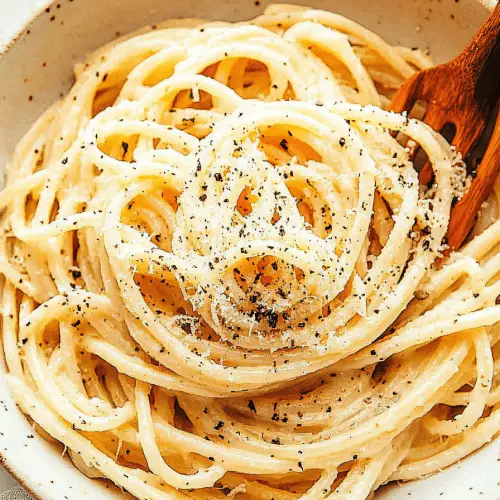
Cacio e Pepe
Ingredients
Main Ingredients
- 0.45 pounds Spaghetti
- 3 ounces Pecorino Romano cheese finely grated
- 1.5 teaspoons Black pepper freshly ground
- 2 tablespoons Salt for pasta water
Instructions
Preparation Steps
- Bring a large pot of salted water to a rolling boil.
- Add the spaghetti to the boiling water and cook according to package directions until al dente.
- While the pasta is cooking, toast the freshly ground black pepper in a dry skillet over medium heat for about 1-2 minutes, until fragrant. Be careful not to burn it.
- In a large bowl, combine the grated Pecorino Romano cheese and the toasted black pepper. Add about 0.5 cup of the hot pasta water to the cheese mixture and whisk vigorously until a smooth, creamy paste forms. You may need to add a little more pasta water to achieve the desired consistency.
- Once the pasta is al dente, reserve about 1 cup of the pasta water before draining. Drain the pasta well.
- Add the drained pasta directly to the bowl with the cheese and pepper mixture. Toss quickly and continuously, adding more reserved pasta water a tablespoon at a time, until the pasta is well coated and the sauce is creamy and emulsified. Work quickly to prevent the cheese from clumping.
- Serve immediately, with an extra sprinkle of Pecorino Romano cheese and black pepper, if desired.


